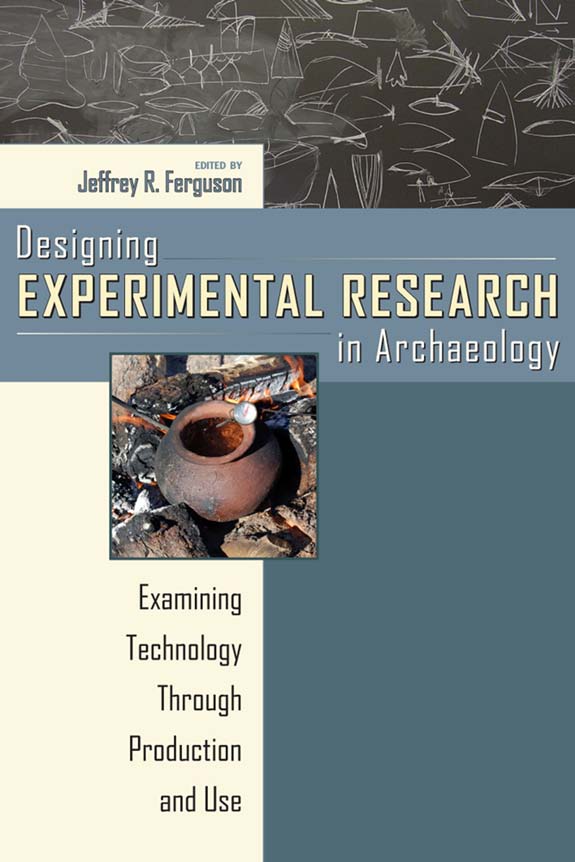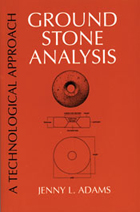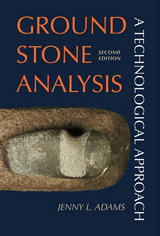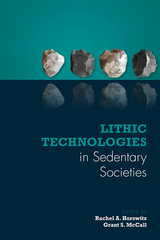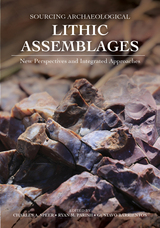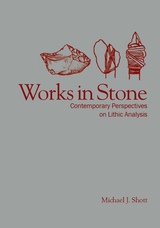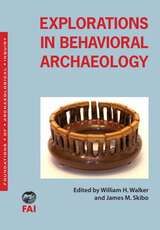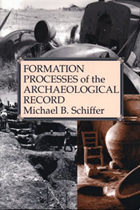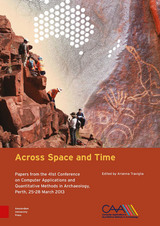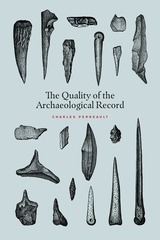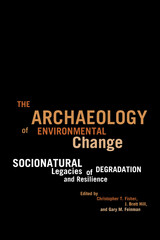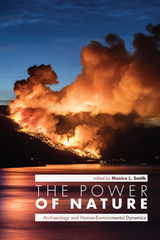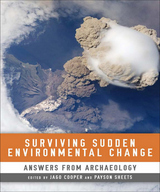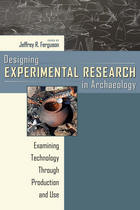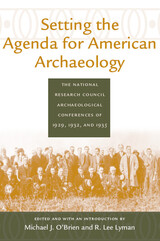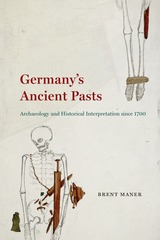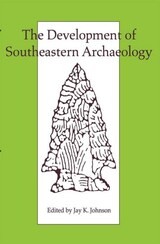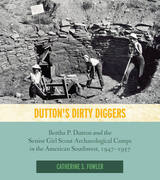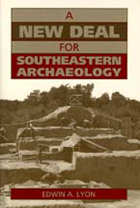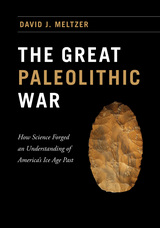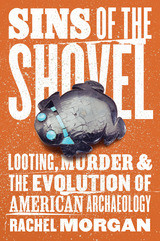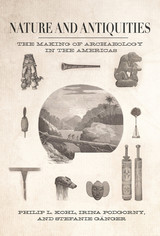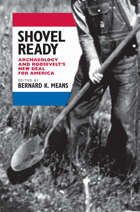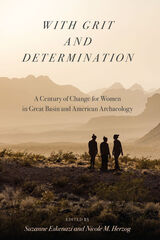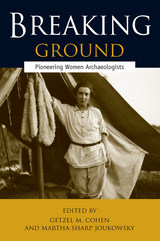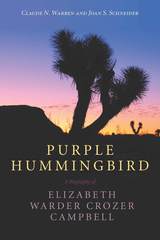eISBN: 978-1-60732-023-4 | Paper: 978-1-60732-022-7 | Cloth: 978-1-60732-038-8
Library of Congress Classification CC83.D47 2010
Dewey Decimal Classification 930.1072
Each chapter addresses a particular classification of material culture-ceramics, stone tools, perishable materials, composite hunting technology, butchering practices and bone tools, and experimental zooarchaeology-detailing issues that must be considered in the development of experimental archaeology projects and discussing potential pitfalls. The experiments follow coherent and consistent research designs and procedures and are placed in a theoretical context, and contributors outline methods that will serve as a guide in future experiments. This degree of standardization is uncommon in traditional archaeological research but is essential to experimental archaeology.
The field has long been in need of a guide that focuses on methodology and design. This book fills that need not only for undergraduate and graduate students but for any archaeologist looking to begin an experimental research project.
See other books on: Experiments | Ferguson, Jeffrey R. | Material culture | Physical | Use
See other titles from University Press of Colorado
